MXB-JFB vállpersely karima Grafit berakású önkenő csapágy
Cat:Önkenő csapágy
Az MXB-JFB önkenő csapágy egy váll típusú persely, amely karimával és önkenő tulajdonságokkal rendelkezik. Alacsony súrlódást, magas hőmérséklet-ál...
Lásd a részleteketA bányászati gépek olyan igényes környezetben működnek, ahol magas a por, nehéz ütés és korrozív anyagok kitettsége. A hagyományos csapágyak gyakran tapasztalják a teljesítmény lebomlását a zsírszennyezés, a pecsét kopása és a kapcsolódó problémák miatt. Ezek a kérdések a berendezések gyakori leállításához vezetnek, ami befolyásolja az általános termelékenységet. Az önmegkenő csapágyak önmagában kenőanyagok és konkrét szerkezeti tervek felhasználásával fokozott kopási és korrózióállóságot biztosítanak, valamint a csökkentési követelményeket. Ezek a jellemzők eredményeként egyre növekvő felhasználást eredményeztek a bányászati berendezések rendszereiben.

Dobmáztató vágás . Egy shanxi szénbányában acél hátú rézpor-szinterelt csapágyakkal, amelyek volfrám-karbid (WC) bevonattal vannak ellátva. Az 1 méteres vágási mélységgel a csapágy kopását 800 órás üzemeltetés után 0,12 mm -en mértük - körülbelül kétszerese a hagyományos csapágyak élettartamának, az éves karbantartási gyakoriság jelentősen csökkent.
Rocker kar ízületek : A magas krómás öntöttvas öngyógyító csapágyak olyan ízületi pontokon használják, amelyek váltakozó ütési erőkkel szembesülnek. A Shenhua Group terepi tesztelése 150 kN dinamikus terhelési kapacitást és 75% -kal csökkent a mechanikai meghibásodási eseményekben.
Földalatti szállítóhengerek : A nedvesség és a finom por kitettsége egy ausztrál vasérc-műveletet vezette, hogy elfogadja a 316l rozsdamentes acélból készült önálló csapágyakat MOS₂-val (molibdén diszulfid). A 200 mg/m³ porkoncentrációval rendelkező környezetben a csapágycsere-intervallumok 3-18 hónapig terjednek, a karbantartással kapcsolatos költségek 65%-kal csökkentve.
Eltérési tolerancia : A gömbös szerkezetek önmagában történő igazítása 5 ° -ig terjedő öv-egyesítést tesz lehetővé. Egy dél -afrikai aranybánya esete a görgőscsapágyak számára a szolgáltatási élettartam 40% -os növekedését jelentette ezzel a funkcióval.
Kalapácsrargó rotor tengelyek : A német berendezésgyártó akár 80 MPa-ig terjedő ütésnyomásnak van kitéve, többrétegű kompozit csapágyakat (acél háttámla, rézötvözet, PTFE felület) alkalmazott a mészkő-zúzáshoz. Ezek a csapágyak több mint 6000 órás üzemeltetést értek el zavarás nélkül, amely körülbelül háromszorosa megmutatta a hagyományos zsír-megrázott csapágyak tartósságát.
Állkapocs -zúzó tolóalapok : A kvarc homokot tartalmazó érc (Mohs Hardness 7) című ércével foglalkozó rendszerekben a grafit-réz-ötvözött csapágyak minimális kopást mutattak (évente kevesebb, mint 0,5 mm). A Jiangxi rézbánya a kopásállóság 60% -os növekedését jelentette a hagyományos anyagokhoz képest.
Felfüggesztési csapágyak : Az önmegtakarító gömb alakú csapágyak (például SAE 12 típusú) magas frekvenciájú rezgések elhelyezésére az egyenetlen bányászati utakon. A chilei rézbányán végzett tesztelés jobb ellenállást mutatott a fröccsöntés ellen, csökkentve az éves csapágycserét négyszerről egyszerre.
Hidraulikus kormányvezetők : Poliimid (PI) anyagokból készült csapágyak 0,1 alatti súrlódási együtthatókat tartanak fenn -30 ° C hőmérsékleten. A Belső-Mongólia nyitott bányájának 80% -os csökkenése figyelte meg a hideg időjárási kormányrendszer hibáit.

A csapágyanyagot az érckeménység és a mechanikai terhelés jellemzői alapján választják ki.
| Érc típus | Megfelelő csapágyanyagok | Felszíni keménység |
| Szén (alacsonyabb keménység) | Réz alapú szinterelt PTFE-bevonatú rétegek | HB ≥ 150 |
| Fémércek (magasabb keménység) | WC-bevonatú acélfestés vagy kerámia típusok | HV ≥ 800 |
Az ISO 4378-3 szerint a bányászati felhasználási csapágyaknak legalább 500 000 ütközési ciklust kell ellenállniuk, amely a tesztelés során ± 40% -os terhelési variációt alkalmaz.
Savas vízviszonyok (pH 3–5) : 316L rozsdamentes acélból készült vagy nikkel -borítóval kezelt csapágyak. A pH = 3 oldatvizsgálatban a nikkel-bevont felületek korróziós sebességet mutattak 0,005 mm/év alatt, szignifikánsan felülmúlva a szénacélot, amely körülbelül 0,2 mm/év korrodálódott.
Porvédő követelmények : Hármas-lezáró megközelítés (radiális labirintus, axiális PTFE ajak tömítés és külső porfedél) blokkolja a 0,1 mm-es> 0,1 mm-es részecskék 98% -át. Ezt a tömítési konfigurációt egy dél -afrikai platinabányában tesztelték, következetesen pozitív eredményekkel.
A csapágyakat a termikus körülmények alapján választják ki:
| Üzemeltetési környezet | Hőmérsékleti tartomány | Alkalmazható anyagok |
| Földalatti (magas hőmérséklet) | -20 ° C -150 ° C | Grafitkopper kompozitok |
| Hideg éghajlat (felület) | -50 ° C -80 ° C | PI/PTFE kompozit kombinációk |
| Magas hőmérsékletű zónák (például aprítók) | Pillanatnyi 300 ° C -ig | Szilícium -nitrid (si₃n₄) kerámiacsapágyak |
Alacsony sebességű, nehéz teherhasználat (például aprítók) : Réz alapú szinterelt csapágyak, amelyek felületi terhelése ≥100 MPa, megfelel az ASTM B438 szabványoknak.
Nagysebességű, rezgő berendezések (például képernyők) : A peek anyagok felhasználásával történő csapágyak lehetővé teszik a lineáris sebességeket akár 4 m/s -ig, a tipikus fém alternatívák 60%-kal történő felülmúlásával.
A 2023 Globális bányászati csapágy piaci jelentés , önmegtakarító csapágyak A teljes működési költségek 20–30% -os csökkenéséhez vezetnek, mint a hagyományos zsír-kagyló megoldások.
A szén -összetörő karbantartási költségei 580 000 ¥ -ról 230 000 ¥ -ra csökkentek.
A bányászati teherautók csapágyának cseréje 6 óráról 2 órára csökkent.
Nano-strukturált kenési rétegek : A volfrám -diszulfiddal (WS₂) nanosetokkal továbbfejlesztett bevonatok a súrlódási együtthatókat elérik, akár 0,02 -nél a fémérc -összetörő alkalmazásokban.
Terhelés-adaptív csapágyak : A kanadai fejlesztés olyan anyagokat vezett be, amelyek a termikus változásokra reagálnak az ütközés növelésével, javítva a szerkezeti védelmet.
Előnyben részesítse az ISO 4378 -ra tesztelt csapágyakat a csúszó felületek és az MT/T 593 számára a bányászati biztonsági megfelelés érdekében.
A működési környezetek miatt kiválasztott csapágyak 15–20% -kal nagyobb, mint a standard berendezéseknél, a por és a hőtáguláshoz.
Kérjen tesztdokumentációt a beszállítóktól, amelyek magukban foglalják az érc kopást, a páratartalom -kerékpározást és a hosszan tartó savas expozíciót (például 1000 óra korrozív közegben és 5 millió terhelési ciklusban).
Zhejiang Mingxu Machinery Manufacturing Co., Ltd. Több mint tíz éve foglalkozik az öngyilkos csapágyak fejlesztésével és előállításával, a bányászati berendezések alkalmazásainak folyamatos kutatásával.
A műszaki konzultációk és a beszerzési kérdések érdekében vegye fel a kapcsolatot: érdeklődé[email protected] .
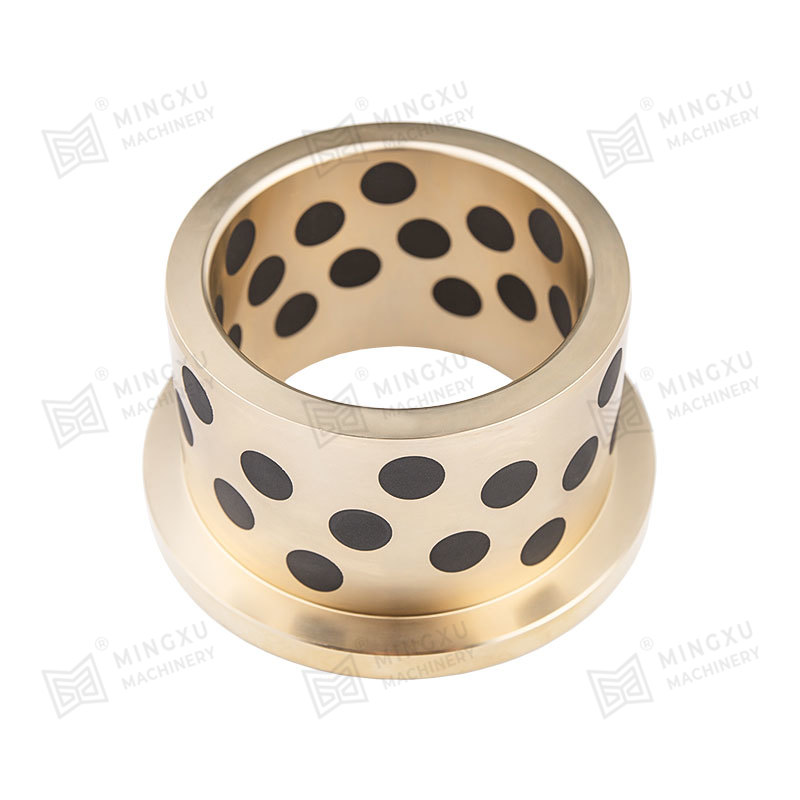
Az MXB-JFB önkenő csapágy egy váll típusú persely, amely karimával és önkenő tulajdonságokkal rendelkezik. Alacsony súrlódást, magas hőmérséklet-ál...
Lásd a részleteket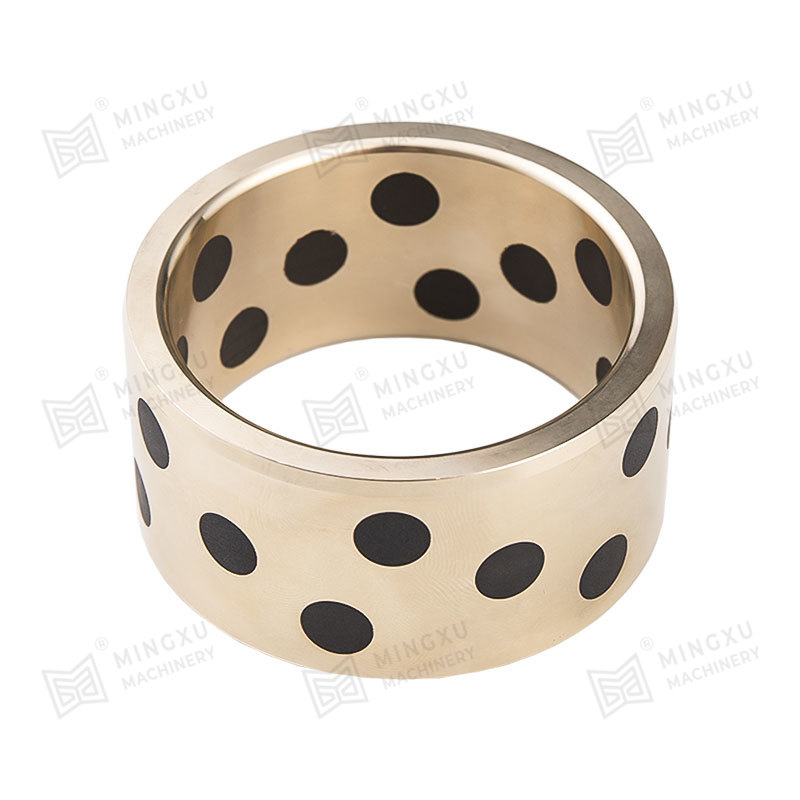
Az MXB-JDB önkenő csapágyak, más néven grafitbetétes bronzperselyek, új kenőcsapágyak, amelyek fém csapágyak és önkenő csapágyak jellemzőivel is re...
Lásd a részleteket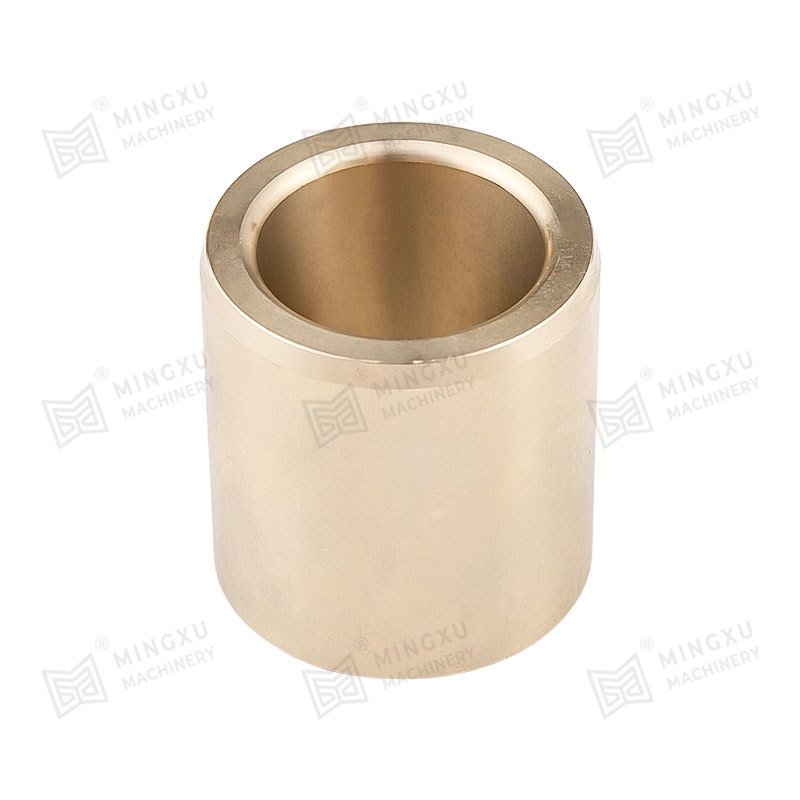
Az MXB-JDBU önkenő öntött bronzcsapágy egy nagy teljesítményű szilárd kenőanyag, amely grafittal vagy mos2 szilárd kenőanyaggal van berakva nagy sz...
Lásd a részleteket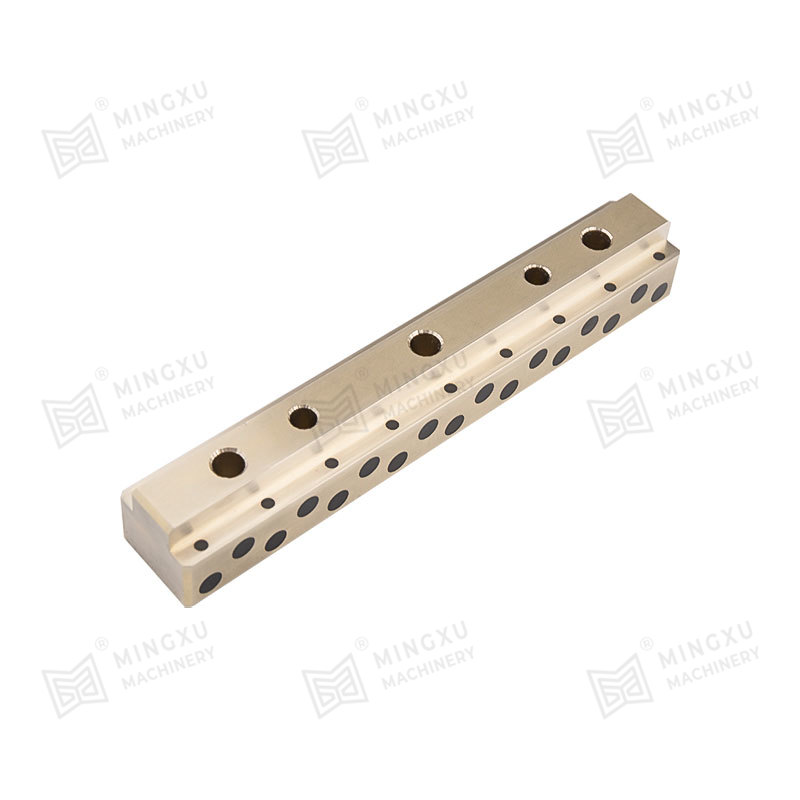
Az MXB-JTGLW önkenő vezetősínek ellenállást biztosítanak és csökkentik a súrlódást, így hosszabb tartósságot és nagyobb teljesítményt biztosítanak....
Lásd a részleteket
Az MGB61 NAAMS szabványos vezetőpersely megbízható megoldás a precíz, sima vezetőalkalmazásokhoz. Ezt a vezetőperselyt úgy tervezték, hogy megfelel...
Lásd a részleteket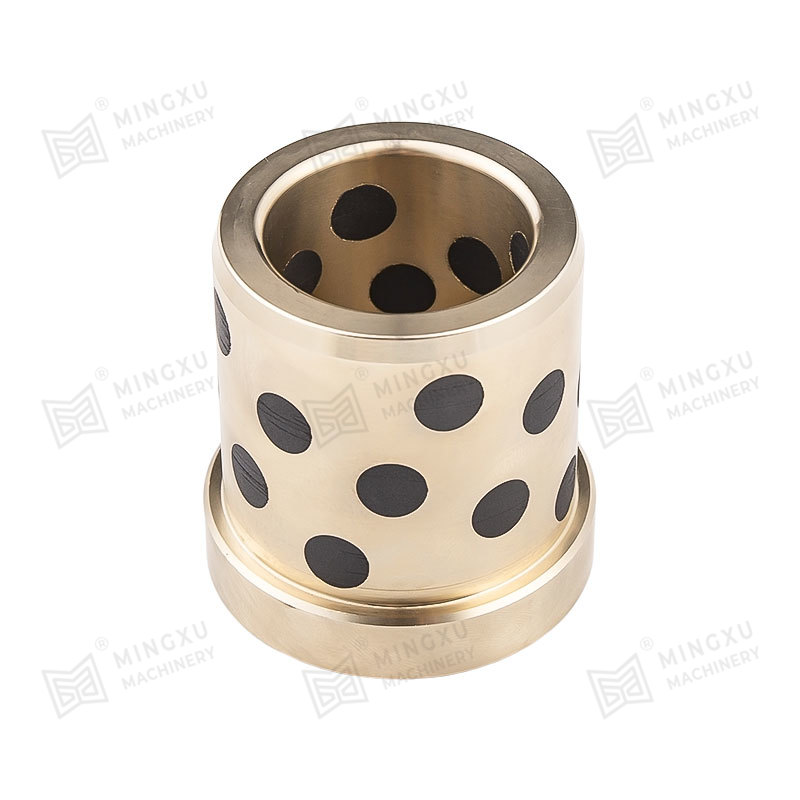
Az MJGBF olajmentes befecskendező vezetőperselyek olyan alkatrészek, amelyeket a műanyag fröccsöntési folyamatban használnak, hogy tovább javítsák ...
Lásd a részleteket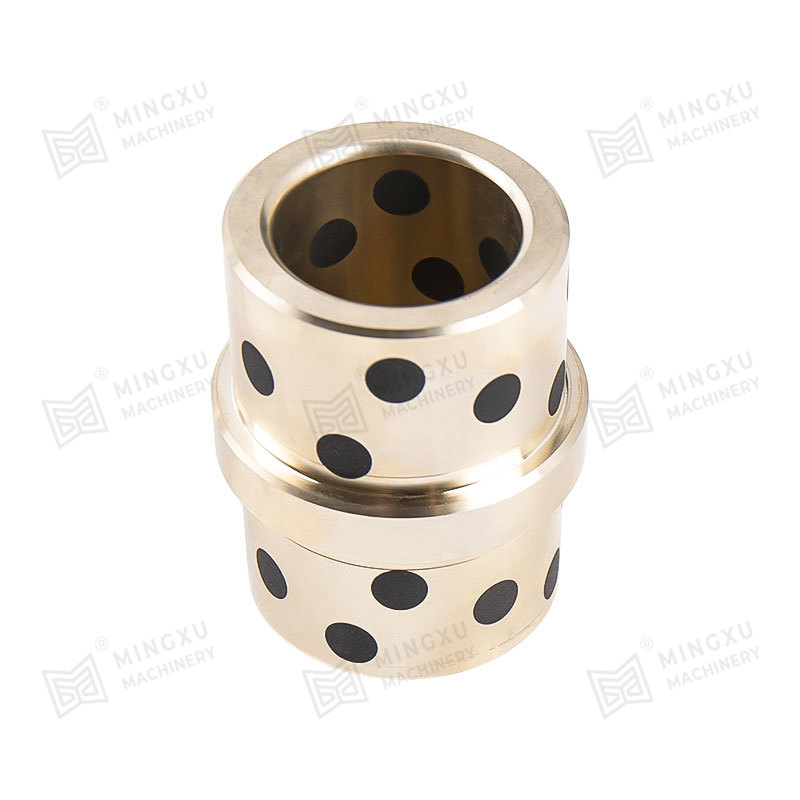
Normál esetben a tolólemezt négy visszaállító rúd támasztja alá. Azonban a visszaállító rudak alacsony beépítési pontossága miatt, amikor a tolólap...
Lásd a részleteket
MX2000-1 graphite embedded alloy bearing, MX2000-1 graphite scattered alloy bearing is an improved product of JF800 bimetallic bearing. It has the pre...
Lásd a részleteket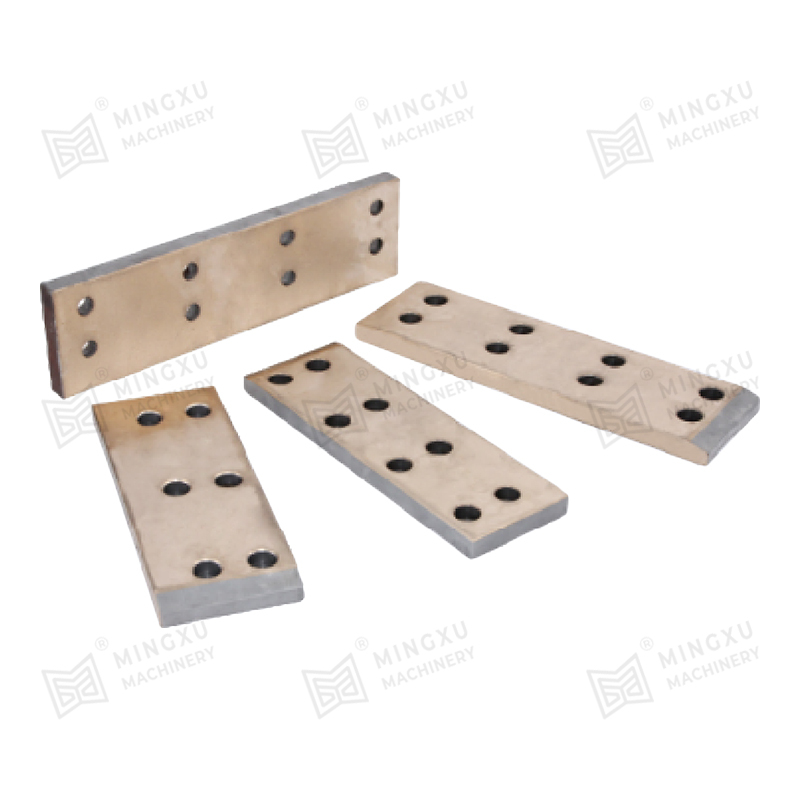
The bimetallic slide plate with wear-resistant alloy sintered on three sides is a new type of self-lubricating plate. Compared with the general single...
Lásd a részleteket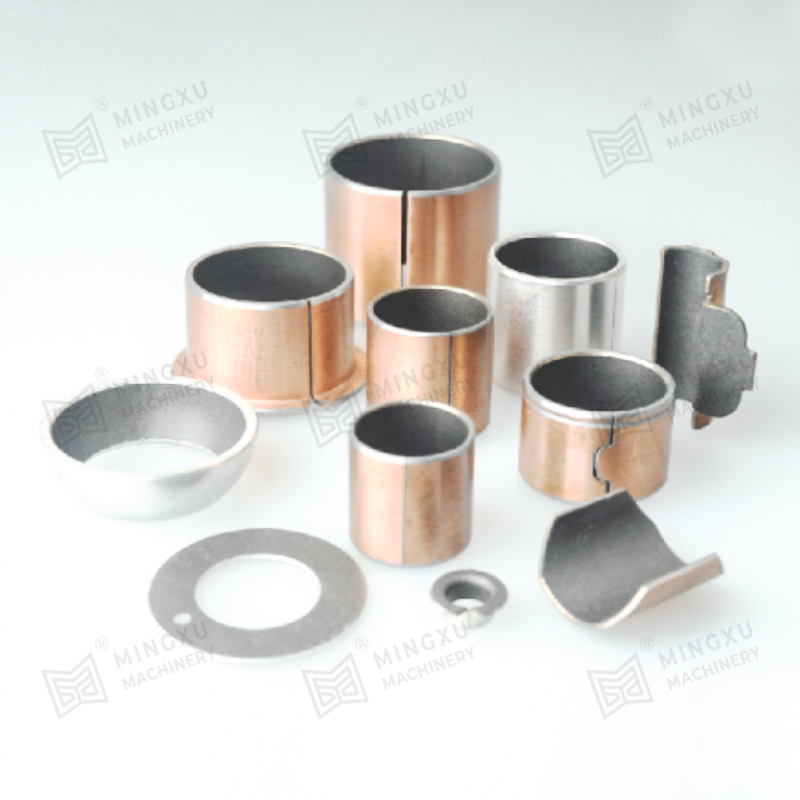
SF-1X oil-free lubricating bearing is a rolled sliding bearing with steel plate as the base, spherical bronze powder sintered in the middle, and a mix...
Lásd a részleteket
Lépjen kapcsolatba velünk